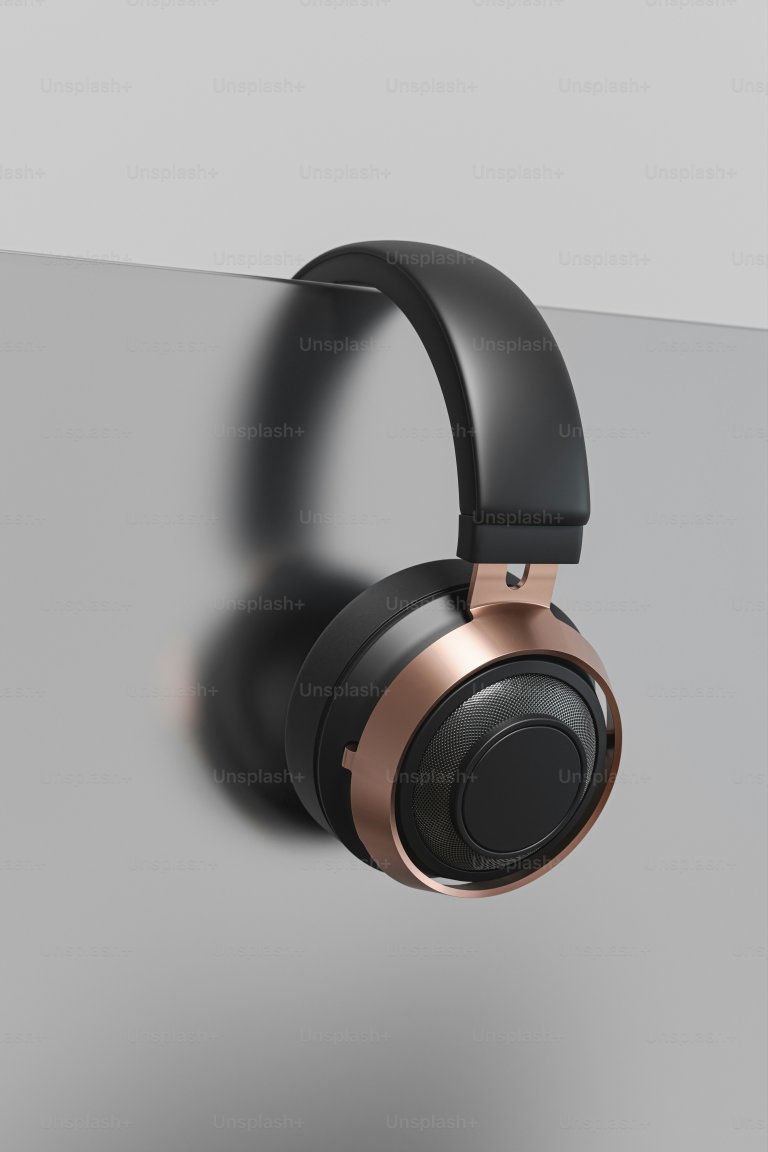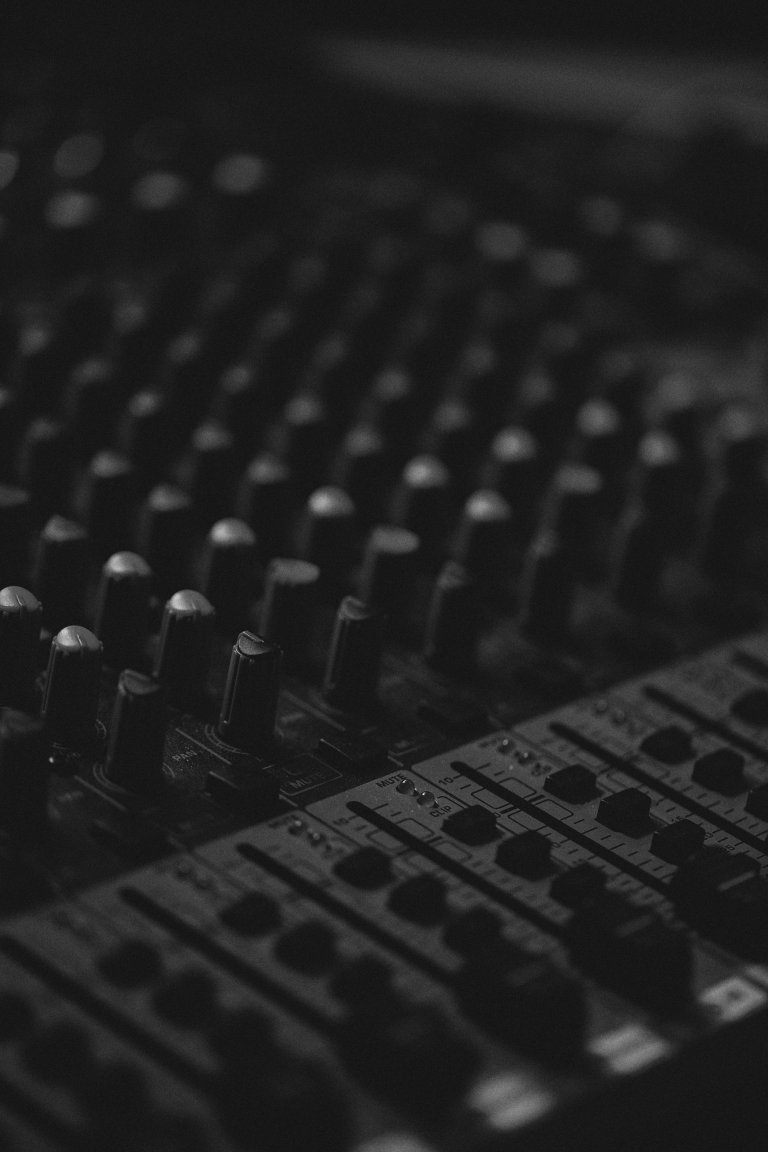Finding Affordable Home Theater Receivers
Creating an immersive home theater experience is becoming increasingly popular as more and more people are looking to enjoy movies, TV shows, and gaming in the comfort of their own homes. However, building a home theater system can be quite expensive, especially when it comes to the receiver. The receiver is the central component of your home theater setup, responsible for processing the audio and video signals from your various devices and then outputting them to your speakers and TV. Finding an affordable home theater receiver can be a daunting task, but with the right information and tips, you can build a high-quality home theater without breaking the bank. In this article, we will explore some ways to find affordable home theater receivers without compromising on quality.
Consider Your Needs
The first step in finding an affordable home theater receiver is to consider your specific needs. Home theater receivers come in a variety of sizes, power options, and features, so it’s essential to determine what you need and what you can do without. For example, if you have a small room or a limited budget, you may not need a receiver with multiple HDMI inputs or the ability to power a large number of speakers. On the other hand, if you plan on expanding your system in the future, it might be worth investing in a more versatile receiver. Knowing what you need and what you don’t can help you narrow down your options and find a more affordable receiver that still meets your specific requirements.
Shop Online
One of the best ways to find affordable home theater receivers is to shop online. Online retailers like Amazon, Best Buy, and Crutchfield often have better deals and discounts than brick-and-mortar stores. Additionally, you can compare prices from different retailers quickly and easily, allowing you to find the best deal for your budget. Many online retailers also offer free shipping, making it a convenient and cost-effective option for purchasing a home theater receiver.
Consider Refurbished or Open-Box Options
If you’re looking to save even more money, consider purchasing a refurbished or open-box home theater receiver. Refurbished receivers are products that have been returned to the manufacturer and restored to their original working condition. These receivers are often significantly cheaper than new ones and can come with warranties, giving you peace of mind. Open-box products are items that have been returned to a retailer but have never been used. These receivers are usually marked down since they can’t be sold as new, but they are still in pristine condition. While there is always a slight risk when buying refurbished or open-box products, if you purchase from a reputable retailer, you can get a high-quality home theater receiver at a fraction of the cost.
Consider Older Models
Another way to find an affordable home theater receiver is to consider older models. As technology evolves, new receiver models are released, often causing older ones to drop in price. While these older models may not include all of the latest features, they are still capable of delivering excellent audio and video performance for your home theater. Many of the features on newer models are nice to have but not essential, so opting for an older model can save you a significant amount of money. Additionally, these older models may still come with warranties, making them a more viable option for those looking for a budget-friendly home theater solution.
Read Reviews and Compare Features
Before making a final decision, it’s crucial to read reviews and compare features between different receivers. Customer reviews can give you insight into the performance and reliability of a particular receiver, allowing you to make an informed decision. Additionally, comparing features can help you determine if a particular receiver has all the essential features you need for your setup. Some receivers may come with additional features that you may not use, so opting for a simpler model can save you money without sacrificing functionality.
In Conclusion
Finding an affordable home theater receiver may require a bit of research and effort, but it is entirely possible. By considering your specific needs, shopping online, considering refurbished or open-box options, and comparing features and prices, you can find a high-quality receiver that fits your budget. Remember to read reviews and purchase from reputable retailers to ensure you get a reliable and affordable home theater receiver for your immersive viewing experience.



